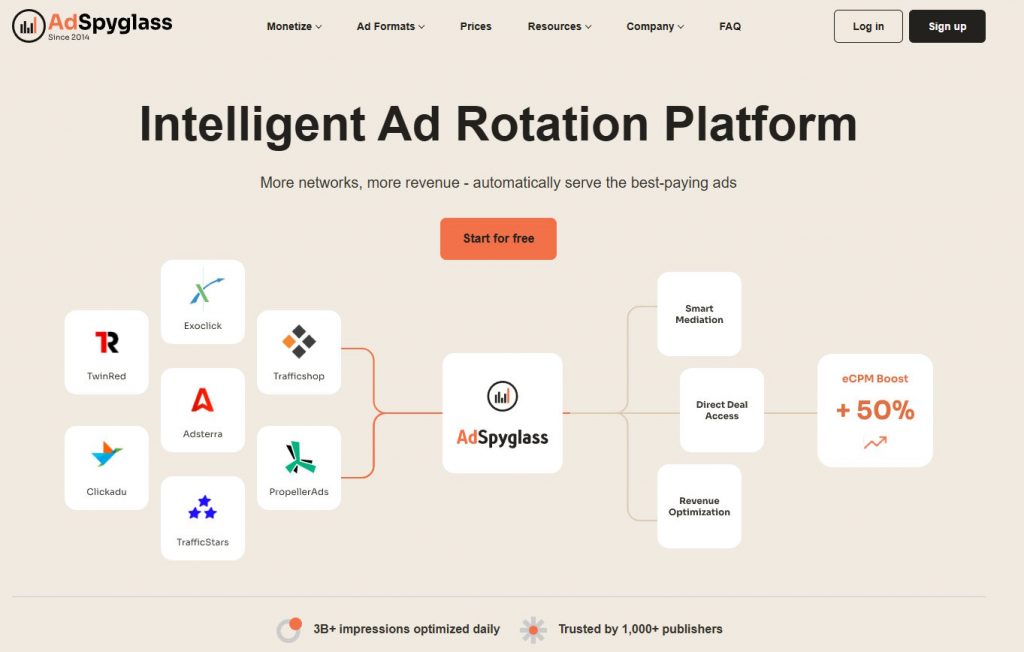Image size is a term that describes the height and width of the image in pixels.
In computer development, the image size has an important impact on how it displays on a site: the bigger an image size is, the longer the entire site page will load. And, if the page loads more than in 5 seconds, users are 90% more likely to leave the page. That’s a bad sign not only for the user experience but also for the site’s ranking on SERP, according to the recent Google Search Algorithm Update in July 2021. Furthermore, the low loading speed caused by the large images can lead to its traffic decrease and have a huge impact on the sales results: no one would wait for too long to make a purchase, users just go to your competitors and spend money over there
However, there are various online and offline apps that help you to reduce the image size to achieve the best dimensions, like TinyPNG or Google Squoosh. Just keep in mind that the size of large images of a full-screen background should be no more than 1 MB, and the other small web graphics can be 300 KB or less. If you have the option, work with high-quality images to save more time and effort when adjusting them to your site.
